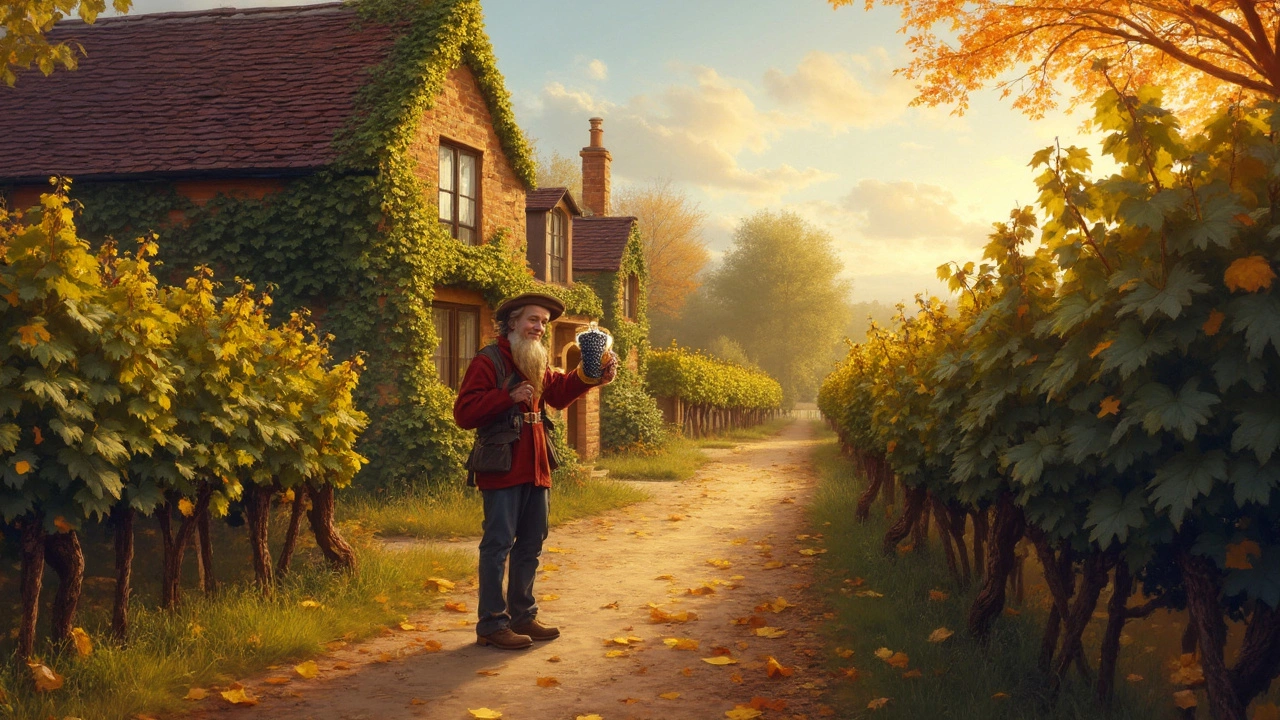Wine Flavors: Simple Guide to Tasting, Finding Notes, and Pairing
Ever opened a bottle and wondered why it smells like berries or why it feels smooth? You’re not alone. Figuring out wine flavors is easier than you think once you know the basic groups and how to taste them.
What Kind of Flavors Live in a Glass?
Most wines fall into three big flavor families: fruit, spice & herb, and earth. Fruit flavors range from bright citrus in a crisp white to dark blackcurrant in a deep red. Spice & herb notes show up as pepper, vanilla, or a hint of rosemary, often coming from the oak barrels or the grape’s natural compounds. Earthy tones can be a subtle mushroom vibe, wet stone, or even a woody feel that makes the wine feel grounded.
When you sip, ask yourself three simple questions: What does it smell like? What does it taste like? What does it leave in your mouth after you swallow? Answering these helps you spot the main flavor groups quickly.
How to Spot the Main Tasting Notes
Start with the nose. Swirl the glass and take a quick sniff. If you catch a citrus scent, you’re likely dealing with a Sauvignon Blanc or a young Pinot Grigio. A strong berry aroma often points to a Pinot Noir or a young Cabernet Sauvignon. Oak scents—vanilla, toast, or coconut—mean the wine spent time in a barrel.
Next, take a small sip and let it sit on your tongue. Notice the sweetness level, the acidity, and the body. A high‑acid wine feels bright and makes your mouth water; a fuller‑bodied wine feels richer and coats your palate. After you swallow, think about the finish. A long, lingering finish often means higher quality and more complex flavors.Use a simple cheat sheet while you practice: citrus = white, high‑acid; red berries = light red, fruity; dark fruit = full‑bodied red; oak = vanilla, toast; earth = mushroom, mineral. Over time you’ll start naming flavors without needing a dictionary.
Finally, remember that personal experience matters. One person’s “green apple” might be another’s “pear.” Trust what you taste, then compare notes with friends or online tasting groups to see how others describe the same wine.
With these basics you can move on to pairing. Match bright, high‑acid whites with seafood, salads, or goat cheese. Pair fruit‑forward reds with grilled meats, tomato‑based dishes, or sharp cheeses. Earthy wines love mushroom dishes, roasted veggies, or earthy cheeses. And don’t forget the spice—peppery reds go great with peppered steak or barbecued ribs.
Practice is the only way to get better. Grab a few inexpensive bottles, follow the steps, and write down what you notice. In a few weeks you’ll start spotting subtle notes like “black pepper” in a Syrah or “flint” in a Chablis, and you’ll feel more confident ordering wine at a restaurant.
Enjoy the journey. Wine is meant to be fun, not intimidating. The more you explore, the more rewarding each glass becomes.

